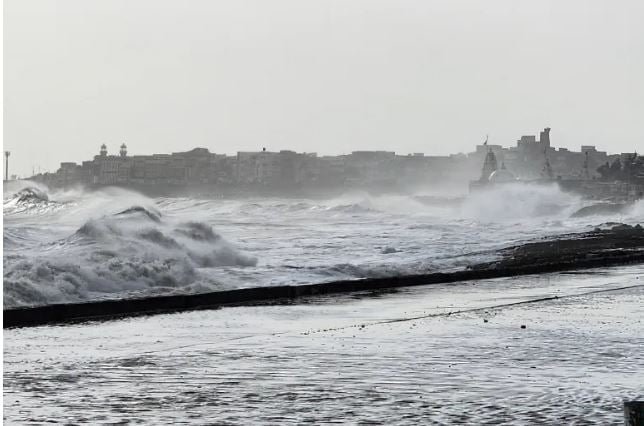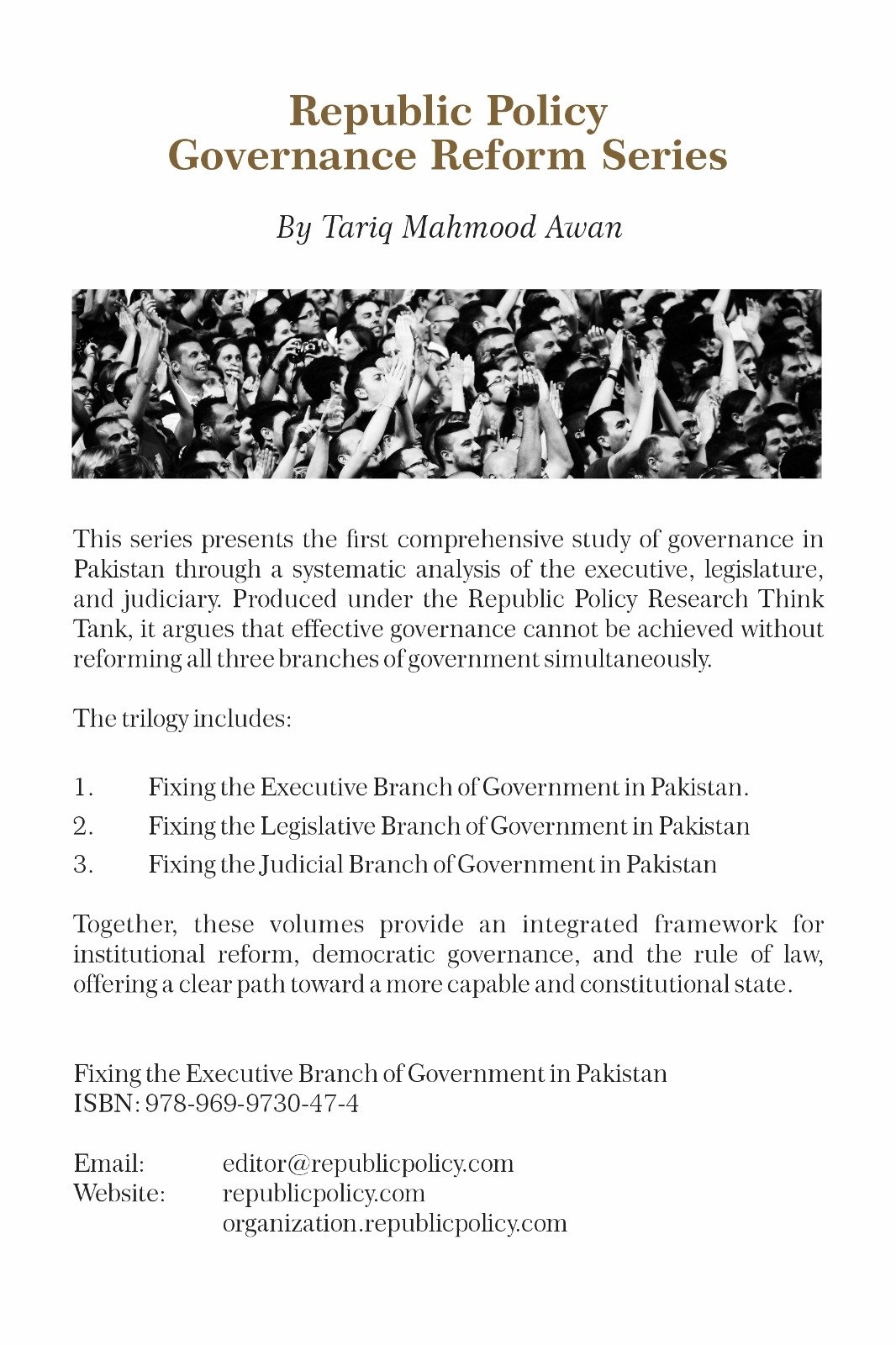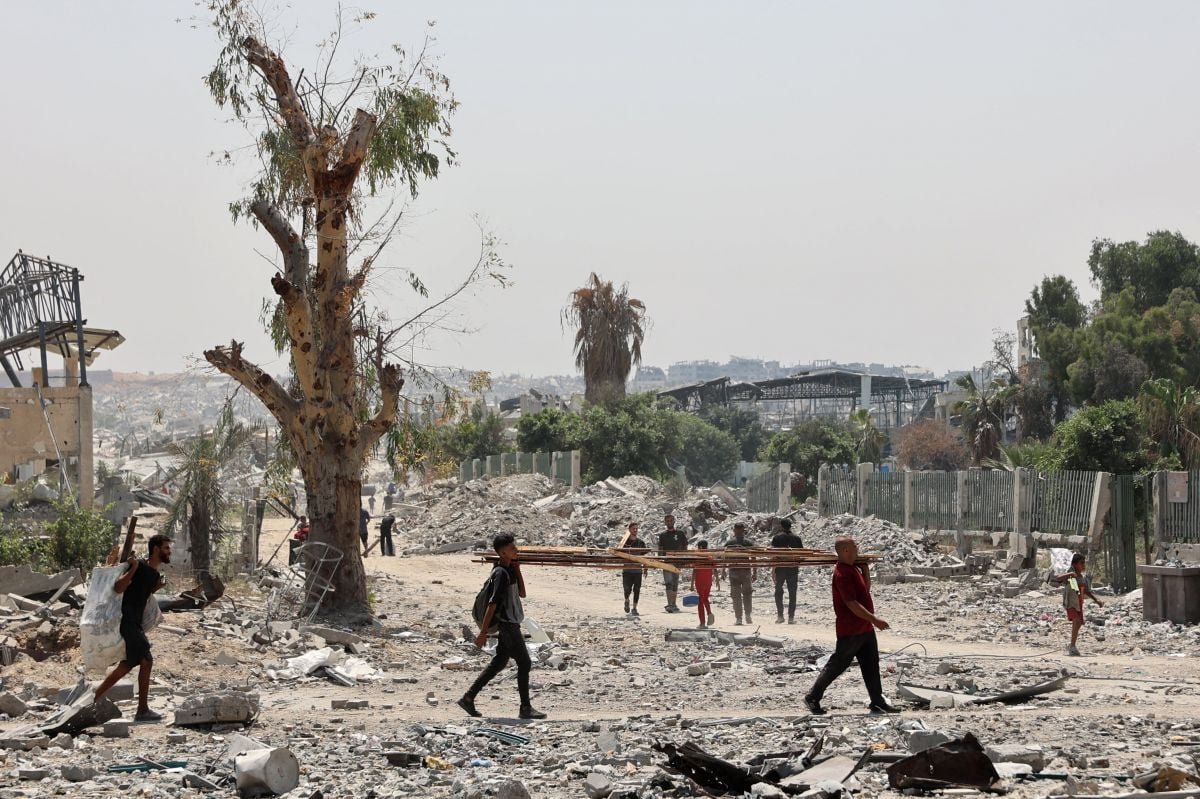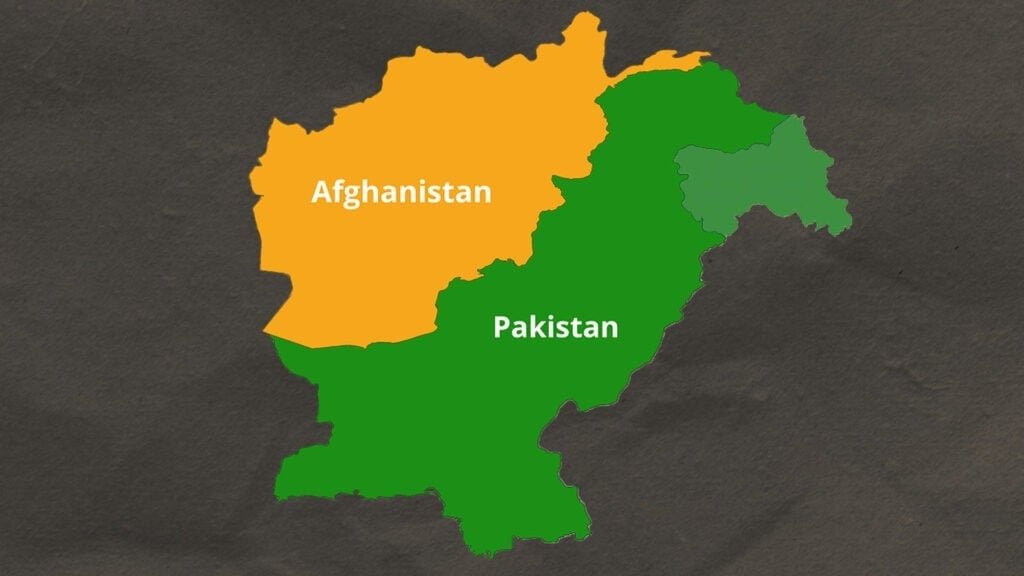Saba Tanzeel
As per the latest meteorological forecasts, the impending ‘exceptionally fierce cyclonic tempest’ Biparjoy is poised to make landfall between the Indian state of Gujarat and the southeastern districts of Sindh by Thursday. Simultaneously, the atmospheric conditions influenced by the storm are anticipated to have repercussions on Karachi, as well as the inland districts of Sindh. In light of the unfortunate weather-related fatalities witnessed in KP over the weekend, where approximately 30 lives were lost, primarily in the southern districts of Bannu and Lakki Marwat, it becomes evident that our disaster preparedness demands immediate enhancement. With the looming cyclone on the horizon, there remains a distinct possibility of similar havoc wreaking havoc upon the densely populated settlements in Sindh. Thus, it is imperative that the authorities proactively establish and execute comprehensive contingency plans to safeguard the region from the catastrophic impacts of the approaching storm.
The meteorological projections indicate that Biparjoy is steadily intensifying as it traverses through the Arabian Sea, exhibiting characteristics of an unprecedented natural calamity. The gravity of the situation necessitates a proactive approach to mitigate potential risks and protect human lives and infrastructure. While panic and alarmism are unwarranted, it is crucial to acknowledge the gravity of the situation and take necessary precautions to ensure the safety and well-being of the populace.
In the face of such formidable weather events, effective disaster management and preparedness play a pivotal role. It is disheartening to witness the recurring pattern of unpreparedness and inadequate response mechanisms, which leave vulnerable communities at the mercy of nature’s wrath. The recent devastating events in KP serve as a stark reminder of the urgent need to fortify our disaster management infrastructure and enhance our ability to respond swiftly and efficiently.
Furthermore, the density of human settlements along the coastal areas of Sindh raises concerns regarding their vulnerability to the impending cyclone. These regions, already grappling with numerous socio-economic challenges, cannot afford to be caught off-guard by the wrath of nature. It is imperative that the concerned authorities prioritize the development of robust contingency plans and reinforce essential infrastructures, such as early warning systems, evacuation routes, and shelters, to safeguard lives and minimize the potential damage.
In addition to physical infrastructure, raising awareness and disseminating vital information among the population assumes paramount importance. Public education campaigns through mainstream and social media platforms can effectively contribute to empowering individuals and communities to take proactive measures to protect themselves and their assets. Timely and accurate information regarding the cyclone’s path, expected impact, and necessary precautions can play a significant role in averting casualties and minimizing the overall devastation.
Moreover, coordination and collaboration among various governmental agencies, non-governmental organizations, and community-based institutions are crucial in ensuring a cohesive and comprehensive response to the impending cyclone. By harnessing the collective expertise, resources, and capacities of these stakeholders, it is possible to establish a robust framework that prioritizes the safety and well-being of the affected populations.
The cyclone’s anticipated impact on Karachi, the economic and cultural hub of Pakistan, demands special attention. As a densely populated metropolis with significant infrastructural vulnerabilities, Karachi must be prepared to face the challenges posed by Biparjoy. Local authorities should take immediate measures to strengthen key infrastructure, such as drainage systems, and ensure effective coordination between relevant departments responsible for emergency response and relief operations.
While the responsibility primarily rests with the government and its agencies, community participation and resilience are equally vital. Encouraging citizens to take proactive steps, such as securing loose objects, stocking up on essential supplies, and staying informed, can significantly enhance their ability to weather the storm’s onslaught. Additionally, fostering a sense of solidarity and mutual support within communities can strengthen their resilience in the face of adversity.
Sindh’s top official, the chief minister, has pinpointed three coastal districts—Thatta, Sujawal, and Badin—as the most susceptible to the impending ‘Biparjoy’ cyclone. Reports indicate that residents from certain coastal villages have already been evacuated, and the Sindh government assures that individuals residing in other vulnerable settlements will also be relocated to safer areas, considering the imminent threat of powerful squalls and torrential downpours. Simultaneously, Karachi, Hyderabad, and a few adjacent districts are expected to experience heavy rainfall and winds reaching speeds of 80 kilometers per hour.
As previously emphasized in these editorials, the presence of billboards in Karachi poses a significant public hazard during stormy weather, particularly as meteorologists warn of potential damage to fragile structures.
Despite assurances from authorities that these billboards would be taken down by Monday evening, proactive measures should have been implemented much earlier, especially given the existence of a court order banning the installation of such signage on public property.
Additionally, concerns are mounting regarding the possibility of flooding, as several roads in Karachi’s South and Central districts remain under construction while work on the Red Line continues.
It is crucial that the relevant authorities are adequately prepared to tackle any predicted heavy rainfall, ensuring that these under-construction thoroughfares do not transform into perilous traps during inclement weather.
As the Biparjoy cyclone approaches, it is imperative to take all necessary precautions to safeguard the coastal communities in Sindh and Balochistan, ranging from small settlements to the sprawling metropolis of Karachi.
In conclusion, the looming threat of the ‘Biparjoy’ cyclone calls for swift and comprehensive action to protect the vulnerable coastal areas of Sindh and Balochistan. The identification of high-risk districts and the evacuation of affected residents demonstrate a proactive approach by the Sindh government. However, it is crucial to extend these efforts to ensure the safety of all communities in the face of powerful squalls and heavy rainfall.
Read more:















